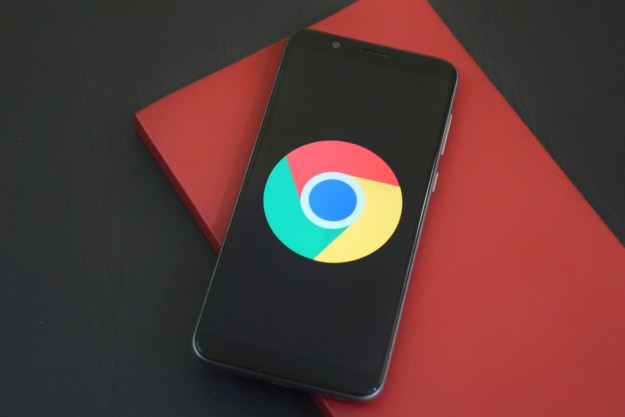
“We want to make Chrome a better place for all our users to enjoy the mobile web,” said Rahul Roy-Chowdhury, Chrome’s vice president of product and data minimalist. “Chrome’s new features on Data Saver, downloads, and content discovery were designed to help you do more on the web, no matter what phone or network you may have.”
First up: an enhanced Data Saver. The mode, which debuted on Chrome last year, speeds up web browsing by compressing the content of web pages via dedicated Google servers. Images are converted to the highly efficient WebP format, and text is rendered at a lower fidelity.
The new and improved Data Saver is more versatile. It can compress video, and quite efficiently: A typical MP4 file with Data Saver enabled takes up to 67 percent less data. And Web Light, a feature which intelligently strips pages of unnecessary images and background elements, has been folded into Data Saver after launching in Indonesia last year. The improvements together result in page loading times up to two times faster than average and a reduction in data usage of up to 90 percent, Google said.
The improvements aren’t all technical.
Offline Downloads, a feature that made an appearance in the developer edition of Chrome in early September, lets users download images, videos, and web pages for offline viewing in a designated Downloads section within the Chrome menu. Downloads pause if the internet connection is interrupted and automatically resume when a new connection’s established.

The “new tab” experience in Chrome is changing. Currently, opening a new tab surfaces suggestions for websites to visit — an interface that will soon be supplanted with a personalized list of pages, articles, and “the latest buzz from the web.” Suggestions will improve over time, Google said, based on preferences like sports team and favorite websites.
The improved Data Saver is live on all versions of Chrome, Google said. Offline Downloads and the revamped “new tabs” screen are coming a bit later — they’ll launch on the beta version of Chrome before hitting the stable channel.
The Chrome announcements were a part of a Google event in India focused on connectivity. The others were YouTube Go, a slimmed-down YouTube client optimized for unstable internet connections; Google Station, a platform that allows partners to deploy and monetize public Wi-Fi hot spots; and an updated Google Play client with improved download speeds.

Most are debuting in India first, a strategy Google CEO Sundar Pichai explained in an op-ed piece in The Economic Times. “[We] learned the issues Indians may have with connectivity, and data constraints can be universal,” he wrote. “We dreamed up Maps Offline for India, but people in the United States and Europe are finding it just as useful. Simply put, solving for India is inspiring new Google innovations.”
Editors' Recommendations
- Android 15 might add a new way to charge your gadgets
- Your Android phone is getting lots of fun new features this month
- Android Auto just got a much-requested new feature
- Google Chrome is getting the Android tablet update you’ve been waiting for
- The best thing about Android 13 isn’t a new feature or setting — it’s something else


